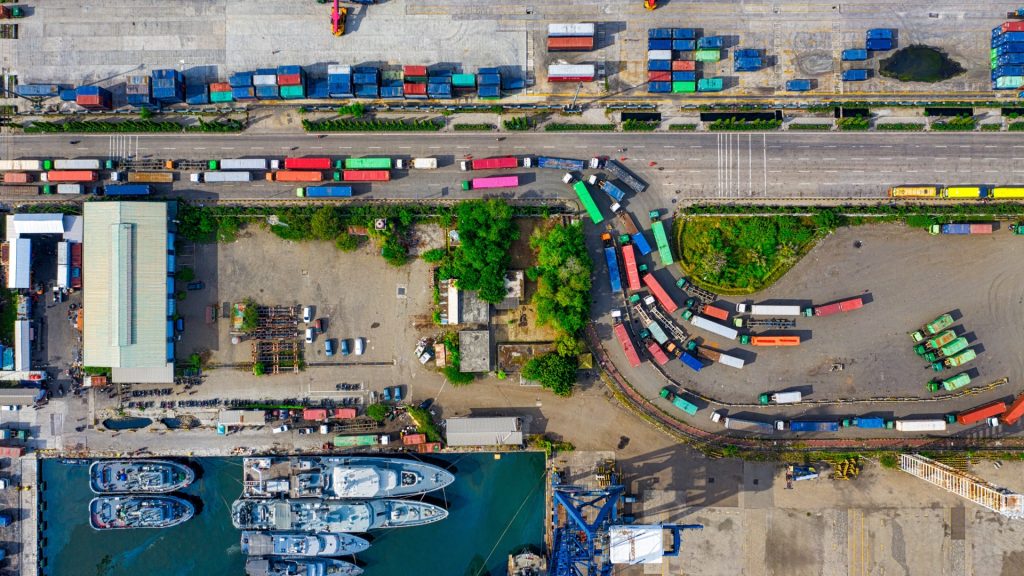SCALA Director Dave Howorth offers his thoughts:
In recent years the disruption that we have seen in our global supply chains has been at historic levels. The triple whammy of Brexit, Coronavirus and geopolitical discord in Eastern Europe, that has culminated in all-out war in the region, has exacted a pressure on supply chains unseen in decades.
With the UK’s break from the European Union becoming official on the 31st of January 2020 and the end of free movement coming into force on 1st January 2021, Brexit had a major impact on supply chains globally. It necessitated huge changes to the way that companies had to navigate the bureaucracy between the new economic zones and created logistical barriers where there had previously been free movement. This placed huge pressure on businesses attempting to maintain the smooth flow of the movement of goods within their supply chains.
Less than two months after the Brexit process began, the UK went into its first lockdown. Arguably the Coronavirus pandemic was the single biggest event to affect supply chains since the Second World War, with 94% of Fortune 1,000 companies experiencing supply chain disruption. The globe ground to a halt, with most international borders becoming all but impassable, and uncompromising legislation quickly passed to try and minimise the spread of infection. In a very short time supply chains were slowed, and laws were in place that made it increasingly difficult to operate a logistics business.
COVID-19, however, did not only present challenges for supply chains in the sense of added bureaucracy and red tape, national lockdowns also meant that demand for delivered goods soared. This is evidenced by Amazon’s profit increase in profits of nearly 200% in less than a year from the first lockdown. From a warehousing perspective, many businesses faced an unexpected rise in demand, making inventory management difficult to navigate, especially in the first few months of the pandemic.
More recently, war in the Ukraine has put new cost pressures on supply chains, most notably oil and gas. Rising oil and gas prices have been exacerbated by the war in the Ukraine and the resulting tensions with Russia in the West has led to huge hikes in the price of associated products such as petrol. With Russian oil making up approximately 8% of UK oil imports this has been keenly felt in the UK. The vast majority of suppliers rely exclusively on oil-based modes of transport to deliver products, so this has had a catastrophic effect on the costs associated with supplying products.
Whilst these events have been hugely disruptive, we should look to use these crises as a way to change our thinking around logistics and supply chains. Where once efficiency and profitability was the main driver of a successful logistics business, now stability and reliability are also key indicators of a successful company. So, how can logistics business look to secure their supply chains?
Put people first
Currently most staff in warehousing and transport sectors are undervalued with 56% of the 2.5m people in the industry earning less than £26k a year according to Logistics UK. Building a stronger workplace culture will increase productivity and keep people in their roles for longer, improving the stability of the workforce.
At a management and board level international, inter-functional, externally focused business leaders are needed to drive strategy. These leaders should display multi-disciplinary skills and utilise an increased understanding of the data and technology available to them to make informed decisions to build a resilient and stable supply chain strategy.
Build flexibility into planning
Building flexibility into the planning systems surrounding supply chains and inventory helps to create resilience to crises in your supply chains. A risk management process at both the business and supply level is key with an end-to-end monitoring & managing system to enable a swift disaster response and recovery processes. Collaborative & visible processes within business and with all partners also means that they are able to respond to events at speed and keep supply chains moving even when they are being affected by external factors.
Plan ahead to mitigate disruption
Often, when faced with certain factors that are out of businesses’ control, flexibility isn’t enough to maintain flowing supply chains. However, disruption can often be predicted and mitigated ahead of time. Geography and politics play a big role in what kinds of events will affect the supply chain. Looking at the evolving geo-political situation throughout the logistics network should inform strategy when it comes to what kind of events you should be looking to mitigate. Businesses should review where there are particular risks within their supply chains or operations and build contingencies and should the worst happens. These could cover a whole range of supply chain areas from having alternative suppliers based in different regions of the world to having alternative transport modes to having inventory policies for higher risk products to building in more automation to reduce the reliance on human labour.
Putting in processes that are able to put people first, build flexibility and plan ahead are key to mitigating future supply chain disruption. It’s important that businesses continue to implement strategies that ensure their supply chain network is able react quickly and clearly to evolving situations. And we will see that the organisations that are able to quickly adapt will be led by agile business leaders that use data and technology to inform their immediate decisions and longer term goals.


